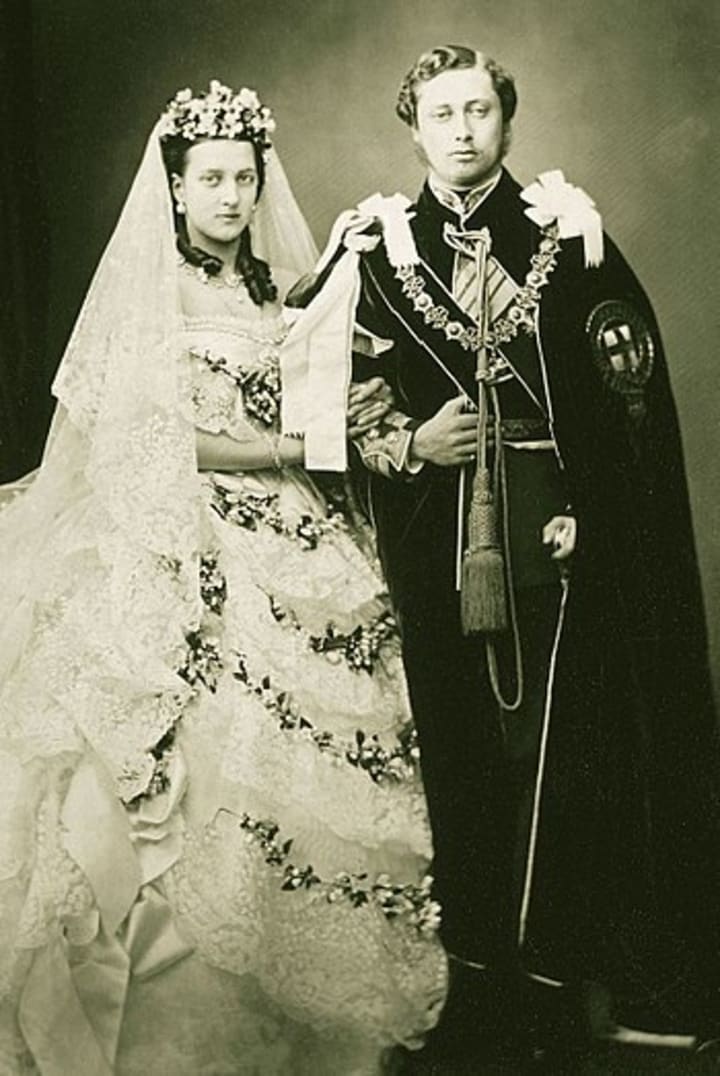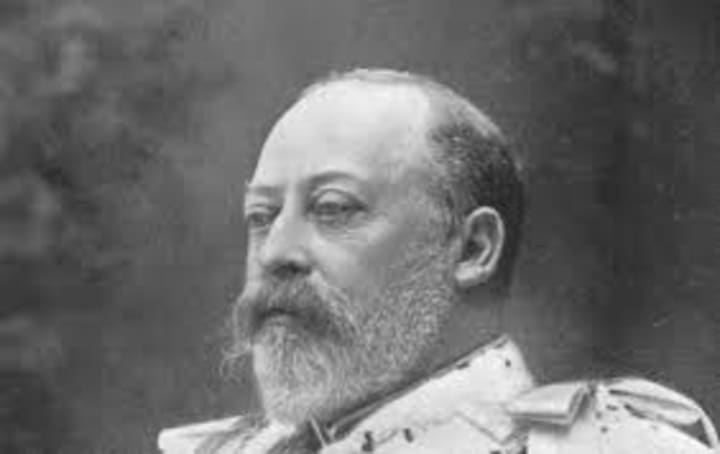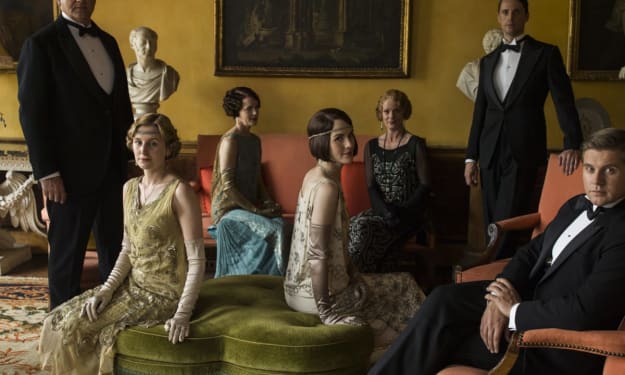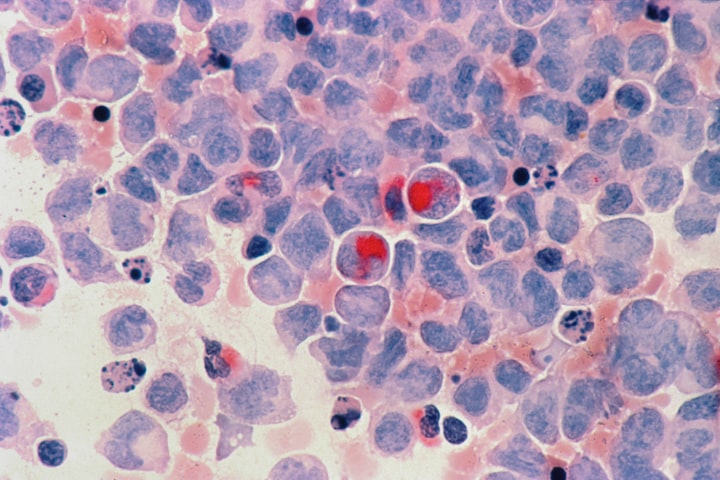Edward VII
"No, I shall not give in. I shall go on. I shall work to the end."

He was the heir apparent to the British throne for almost 60 years. As King, he modernized the British Home Fleet, and reorganized the British Army after the Second Boer War. He ‘re-instituted’ traditional ceremonies as public displays and ‘broadened’ the range of people with whom Royalty socialized. He was Edward VII!
Albert Edward was born on 9th November, 1841, at 10.48am at Buckingham Palace. Being the eldest son of Queen Victoria and Prince Albert, this little Prince was christened at St.George's Chapel, Windsor Castle, on 25th January, 1841, and was named Albert after his father and Edward after his grandfather, on his mother’s side. He was known as “Bertie” within the Royal family. Being the first son, Bertie was created the Prince of Wales on 8th December, 1841, and was also created a Knight of the Garter in 1858.
The Queen and Prince Albert wanted their eldest son to have the ‘right’ education and from the age of seven, Bertie started a strenuous educational regime that was devised by his father. Bertie was driven hard and this often left the young boy exhausted and rebellious. He tried to meet up to the expectations of his parents but seemed to always just miss the mark. Although not a diligent student, Bertie’s true talents were charm, sociability and tact. Disraeli described the Prince as informed, intelligent and that he had a sweet manner. Robert Bruce became Bertie’s personal governor.
Bertie wanted to go into the Army but as heir to the throne this was out of the question. He did, however, go to college, studying at Oxford and Cambridge, also serving (briefly) in the Grenadier Guards in 1861. Bertie was the first Prince to tour North America (1860), and the tour was a great success mainly due to the Prince’s good humour and confident “bonhomie.” The tour was four months long and was in Canada and the United States. All of this greatly boosted Bertie’s self-esteem and confidence. The tour also had diplomatic benefits for Great Britain.
Over time, Bertie became known as a “playboy” which appalled his father, Prince Albert. He visited his son at Cambridge to reprimand him, but Prince Albert was ill and died two weeks later. Queen Victoria was inconsolable and blamed her eldest son for his father’s death. She looked at her son as frivolous, indiscreet and irresponsible.
Bertie (Edward) now went on a tour of the middle East, visiting Egypt, Jerusalem, Damascus, Beirut and Istanbul. It was the first Royal tour on which an official photographer (Francis Bedford) attended. Arriving home to Britain, preparations now started for Edward’s marriage.

Edward married Alexandra of Denmark on 10th March, 1863, at St.George’s Chapel, Windsor Castle. He was 21, she was 18. Edward wore the “full dress uniform of a British General beneath his Garter Robes.” Queen Victoria, although in mourning for Prince Albert, attended the ceremony, sitting in the Catherine of Aragon Closet, a room overlooking the ceremony. The bride was beautiful in white silk trimmed with orange blossoms and myrtle and it was overlaid with flounces of tulle and Honiton lace. The train was 21 feet long! The Archbishop of Canterbury conducted the ceremony. There were nearly 400 guests who attended the Wedding Lunch at Windsor Castle.

The young couple settled down in Marlborough House (their London residence) and Sandringham House in Norfolk (their country retreat). They entertained on a lavish scale! Whilst Alexandra was busy with the children (the couple had five children), Edward became a popular figure in the sporting world and he enjoyed racing, yachting and game-bird shooting. The Prince and King had mistresses throughout his married life, one of the ‘ladies’ being Alice Keppel who was the great-grandmother to Camilla, Duchess of Cornwall (who is married to the present Prince of Wales, Charles). Edward’s long-suffering wife, Alexandra, seemed to accept the situation.
Whilst his mother was still on the throne, Edward ‘pioneered’ the idea of Royal public appearances as we know them today. He opened the Thames Embankment in 1871, the Mersey Tunnel in 1886 and Tower Bridge in 1894. However, Queen Victoria would not allow her son to be involved in the running of the country. The Liberal Prime Minister Gladstone did secretly send Edward certain papers, as did the Foreign Secretary Lord Rosebery. The Prince of Wales had to learn how to run the country ‘somehow!’
In 1871, Edward contracted typhoid fever, the fever which killed his father, Prince Albert. Edward recovered and the whole nation, including his mother, Queen Victoria, greeted the news with great relief. Edward was beginning to be in favour with his mother at last. In 1875, the Prince went on an eight-month tour to India, where he was well received. Edward had a habit of treating all people the same, regardless of their social standing or colour, and by the end of the tour his mother was given the title “Empress of India”, because the tour was such a success.
The Prince was known for his fashion-sense and made wearing tweed, Homburg hats and Norfolk jackets fashionable. Edward ‘encouraged’ the pressing of trouser legs from side to side, and it was thought that he introduced the stand-up turn-down collar. Edward introduced the practice of eating a roast dinner on a Sunday, his waist measuring 48 inches (122cm) before his Coronation. The Prince liked his food!
Prince Edward helped to found the Royal College of Music, opening the college in 1883 with these words: “Class can no longer stand apart from class --- I claim for music that it produces that union of feeling which I much desire to promote.” He ordered all the clocks at Sandringham to run half an hour ahead in order to provide more daylight time for shooting. This was called “Sandringham Time” and continued until 1936 when Edward VIII stopped it.

His mother, Queen Victoria, died on 22nd January, 1901, and Edward now became King of the United Kingdom, Emperor of India and King of the British Dominions. J.B.Priestley wrote: “ He was in fact the most popular King England had known since the early 1660’s.” The Coronation was set for 26th June, 1902, but Edward went down with appendicitis and had to have the then risky but life-saving operation. He survived! The day after the operation, the (future) King was sitting up in bed smoking a cigar. Two weeks later he was out of danger and the Coronation took place on 9th August, 1902. Now the King, Edward refurbished the Royal palaces and reintroduced traditional ceremonies, such as the State Opening of Parliament. Edward also founded new honours, such as the Order of Merit, which recognizes contributions to the arts and sciences.
Edward VII was interested in the fields of foreign affairs and naval military matters, and because he could speak both French and German, the new King reinvented Royal diplomacy by doing a number of state visits across Europe. Edward was related to nearly every other European monarch and was known as the “Uncle of Europe.”
Edward VII smoked --- a lot --- 20 cigarettes and 12 cigars a day. This led to increasing bouts of bronchitis. On 6th May, 1910, the King suffered several heart attacks but refused to go to bed, quoting: “No, I shall not give in; I shall go on; I shall work until the end.” At 11.30pm, Edward lost consciousness and had to be put to bed. 15 minutes later, the King died. Alexandra was grief-stricken and refused to allow her husband’s body to be moved for 8 days. On 17th May, the funeral took place at Westminster Hall and it was noted: “the greatest assemblage of royalty and rank ever gathered in one place and, of its kind, the last.” Edward VII is buried in St.George’s Chapel, Windsor Castle.

This King was on the throne for only nine years but made such a ‘mark on history’ that an Era is named after him --- The Edwardian Era!
(If you like my articles, please feel free to subscribe, leave a tip, "Like" or go over to my website, where all of my work can be found: https://sarah-s-story-book.webnode.co.uk/)
Thanks for reading folks x
About the Creator
Ruth Elizabeth Stiff
I love all things Earthy and Self-Help
History is one of my favourite subjects and I love to write short fiction
Research is so interesting for me too






Comments
There are no comments for this story
Be the first to respond and start the conversation.